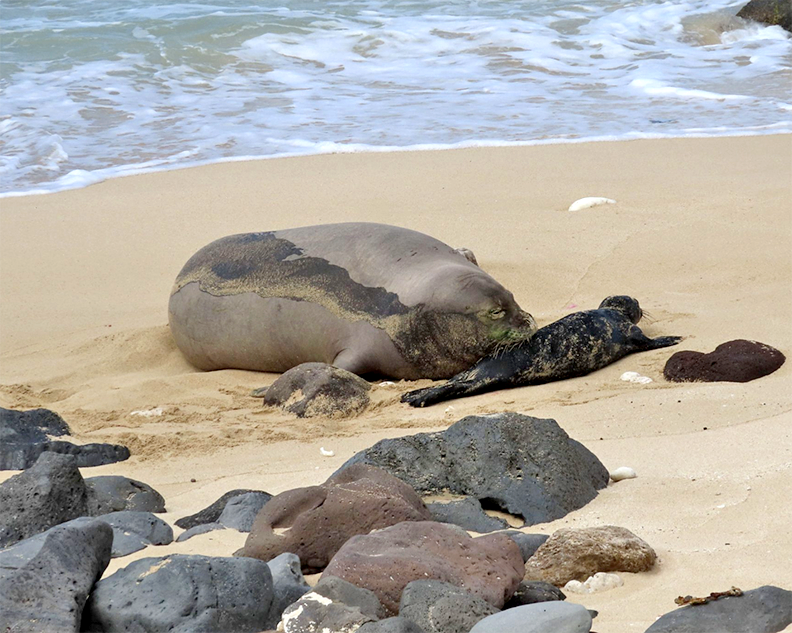By Jan TenBruggencate
One thing about living sustainably: It’s hard work.
There is a great deal of satisfaction in growing your own food, processing it, and proudly offering it to friends and visitors.
But it’s not easy.
At our household, in our effort to live a somewhat sustainable life, we do a lot of little things—a grazing approach to sustainability. We work with vanilla, cacao, honey bees, macadamia nuts, garden vegetables and more.
This morning, I went out to pollinate the vanilla orchids. Vanilla vines will fruit into vanilla beans in Hawai`i, but they need to be hand-pollinated, since Hawai`i lacks the Central American bee that is vanilla’s natural pollinator.
And then I set out to dry in the sun part of last year’s vanilla crop. Vanilla is expensive largely because it’s a seriously labor-intensive crop, right from the hand-pollination through the processing of the beans.
Yesterday, I spent an hour in my bee suit, changing out the small hive beetle traps in my five hives. Bees do okay in the islands, but they can use a beekeeper’s help to do better.
The small hive beetle has only been in Kaua`i hives for a year, but it has spread throughout the island. The larvae of these beetles can destroy a hive in days if they get out of control. Bees will drive them out of the hive if they can, or force them into “cages” that the bees build—but it all takes energy away from the hive’s ability and its need to feed itself.
Some beekeepers outfit their hives with traps. Instead of simply herding the beetles around, the bees drive the beetles into the traps, where the beetles die. It keeps the beetle numbers down so they’re not so much of a drain on hive resources.
Other beekeepers employ chemical controls, but our preference is to empower the bees to handle the problem rather than deploying pesticides.
Last night, I checked on my fermenting cacao beans, which will soon be ready for drying and roasting. We only have one cacao tree, but this year it produced about 20 pods, each with dozens of cacao seeds—enough for us to go through the effort to produce some actual chocolate.
The macadamia nuts have started maturing (the bees were originally brought in to pollinate the macnut flowers), and we’ll shortly be going out regularly with buckets to collect, dry, crack and roast them.
Macnuts, like vanilla, don’t seem cheap in the store. But once you realize how much work they are, you wonder how anyone makes a living farming.
Mangos are about to mature, and last year’s bottles of pickled mango and mango chutney are empty, so…
It’s summer, so the whole concept of fruit salad with purely local crops is pretty easy to accomplish. Besides the mangos and papayas there are the guavas. It’s summer so it’s pineapple season, and there are glossy red Surinam cherries. And some lucky folks have fruiting lychee.
For someone into grazing, wow. Hard to beat summer in the Islands.
Discover more from ForKauaiOnline
Subscribe to get the latest posts sent to your email.





Leave a Reply